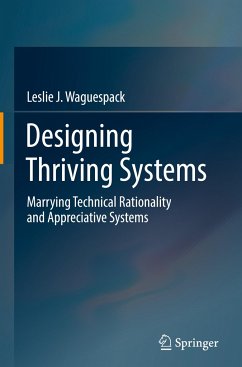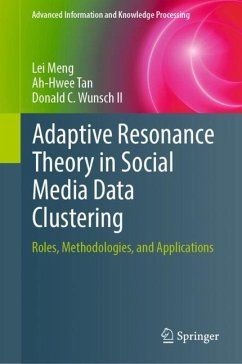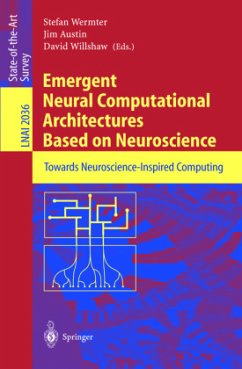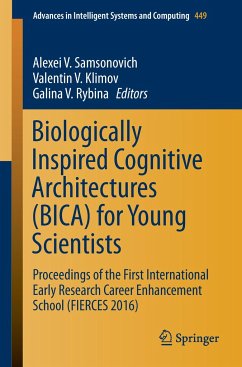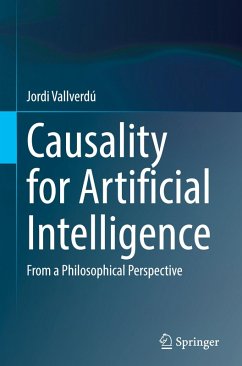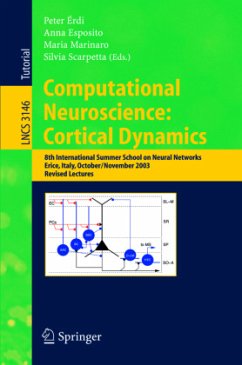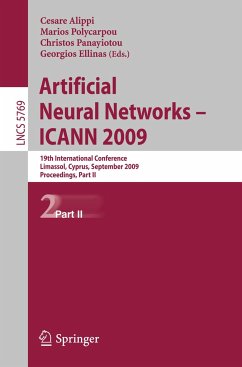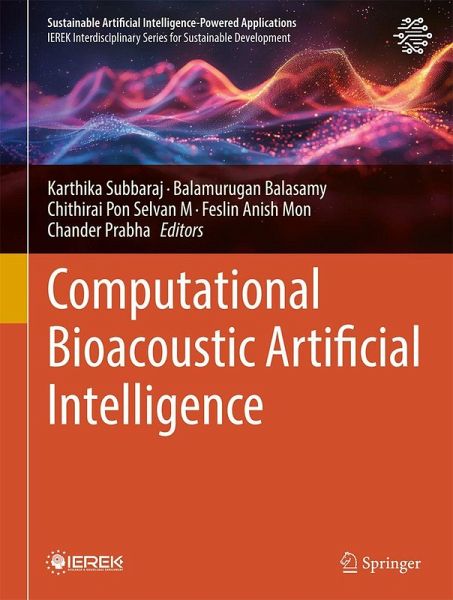
Computational Bioacoustic Artificial intelligence
Versandkostenfrei!
Versandfertig in 6-10 Tagen
151,99 €
inkl. MwSt.

PAYBACK Punkte
76 °P sammeln!
This book deep dives into the theoretical background of bioacoustics, signal processing techniques, feature extraction and pattern recognition algorithms, and technically advanced case studies in bioacoustics AI. By exploring the intricate characteristics of bioacoustic signals, this book offers a comprehensive understanding of the underlying principles and practical implementations. The fundamental chapters provide readers the basics by discussing the statistical and deterministic models of bioacoustic signals, including parametric and non-parametric approaches, time-frequency representations...
This book deep dives into the theoretical background of bioacoustics, signal processing techniques, feature extraction and pattern recognition algorithms, and technically advanced case studies in bioacoustics AI. By exploring the intricate characteristics of bioacoustic signals, this book offers a comprehensive understanding of the underlying principles and practical implementations. The fundamental chapters provide readers the basics by discussing the statistical and deterministic models of bioacoustic signals, including parametric and non-parametric approaches, time-frequency representations, and stochastic processes. Furthermore, this book delves into the complexities of bioacoustic signal generation and propagation, considering physiological factors, acoustic media, and signal degradation. The feature engineering methodology upon the complex and noisy sound data is understood and explored using advanced signal processing techniques, such as wavelet transforms, matching pursuit, higher-order statistics, and fractal analysis. The subsequent chapters focus on feature engineering and pattern recognition. The feature extraction methods under subject of discussion include time-domain, frequency-domain, and time-frequency features, as well as statistical and structural features. The advanced techniques related to deep learning such as convolutional neural networks and recurrent neural networks are also explored. Traditional classification techniques, including statistical pattern recognition and syntactic pattern recognition, are covered, followed by a deep dive into the application of deep learning for bioacoustic classification. The later chapters detail on the futuristic topics such as bioacoustic localization, source separation, change detection, and monitoring. The bioacoustic data collected with other sensor modalities are significant in the development of bioacoustic indices. This book leads the assessment techniques to determine the quality of ecosystem and its performance. Furthermore, the application of bioacoustic AI in man-machine interaction is examined.



